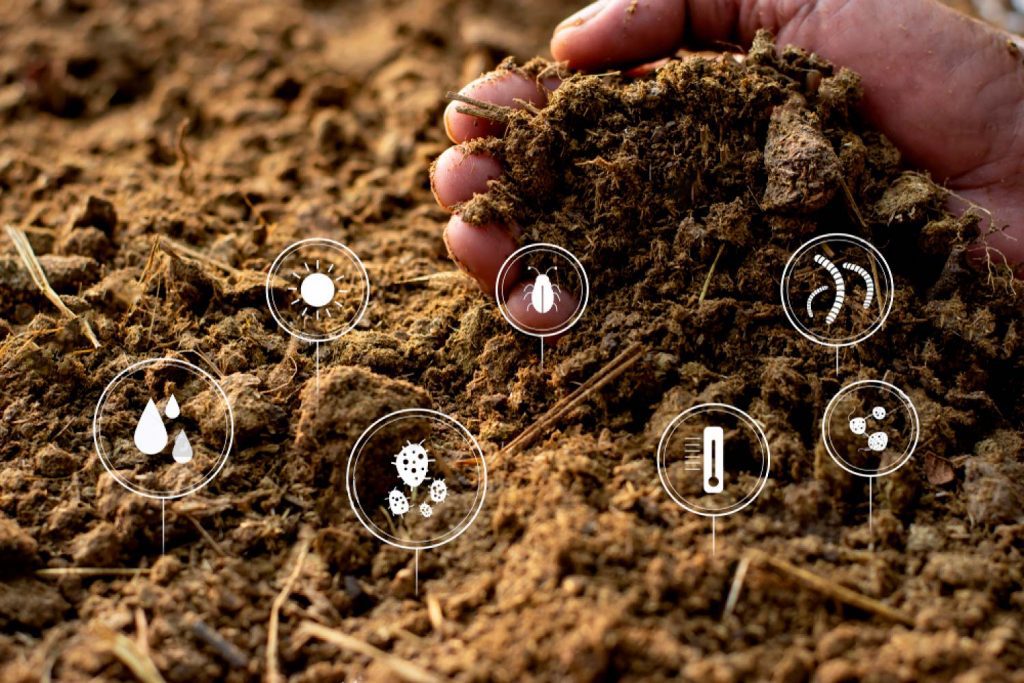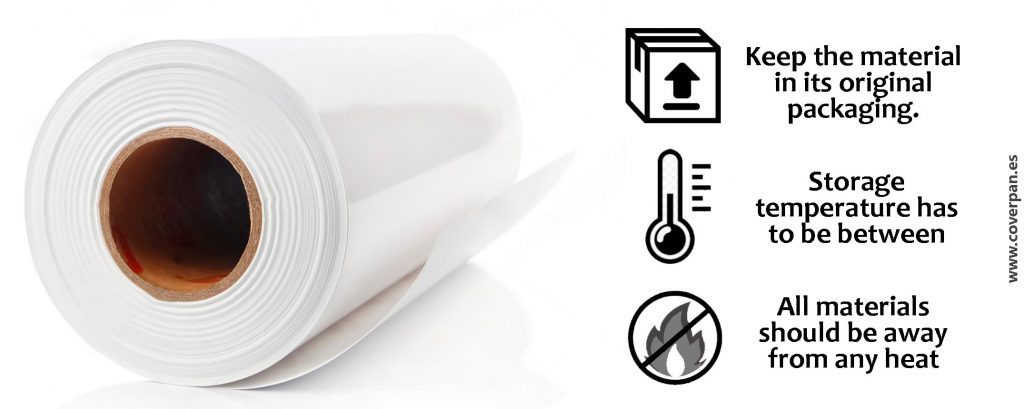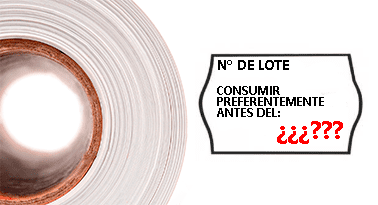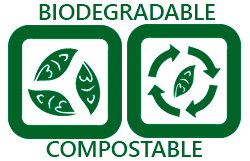This is one of the most frequently asked questions, as we tend to think that biodegradable packaging can start to “break down” in our warehouse or at some point during the supply chain.
Let’s start with the basics.
When does packaging decompose?
Under normal conditions, biodegradable and compostable packaging is inert and does not degrade spontaneously. To initiate a composting process it would require a combination of the following conditions:
After the selective collection of the organic waste, the waste is taken to an industrial composting plant where an accelerated anaerobic fermentation process is carried out.
In cold or rainy places, the process of anaerobic digestion is widespread.
The process variables mentioned above moisture content, carbon-nitrogen ratio, temperature, pH, retention time, etc., are controlled, directed and optimized with the aim of achieving faster and more complete degradation, with minimal impact on the environment.
During the process, the supply of oxygen necessary for the bacterial flora is controlled to ensure the correct aerobic fermentation of the organic matter. Water and high temperatures are also added to dry the organic matter. With the decrease of the humidity, the bacterial flora suffers and decreases the effectiveness and speed of the process.
The darkness favors the proliferation of bacteria and microorganisms, and thanks to the previous supply of moisture and oxygen, accelerates the process of decomposition of organic matter.
Micro-organisms, such as bacteria, and large invertebrates such as earthworms and insects, help to break down crop residues by ingesting and mixing with the soil source mineral; in the process recycle energy and nutrients from plants.

As a summary, we will say that a container or compostable material begins to decompose once the conditions explained are met. The fact that the material is biodegradable and compostable does not mean that it degrades by self-combustion, but in a composting plant or with the garbage in the presence of microorganisms, etc. etc.
Conservation conditions
It is essential to keep the material in its original packaging and away from any heat source or direct sunlight. Storage in low humidity environments and temperatures between 17ºC and 25ºC is recommended. When the temperature of the storage place is lower than the one of the place of use, it is recommended to condition the film for at least 24 hours at the place where it will be used. Avoid during the handling of coils, maneuvers or blows that may damage or deteriorate the material and/or inner core.
All our raw material suppliers indicate an expiration date of six months on their technical data sheet. This date of, that we transfer to our technical documentation is, in reality, only a guarantee limit. The reasons for having this guarantee are:
– Ensure that the customer keeps the material in good storage conditions.
– Establish a time limit for possible claims arising from poor storage.
But, in reality, materials NEVER EXPIRE.

Practical example
PackInGreen containers and packaging are made of different materials; although they all have in common that they are made from bio-based, biodegradable and compostable raw materials (industrial or domestic composting).
Our materials, once printed and transformed, can be kept in our customers’ warehouses or on the shelves of shops and supermarkets for as long as the packaged product needs to reach its expiry date correctly.
In our factory we have had reels for years, which, being in the correct storage conditions, are kept in perfect condition to be used.
We have samples in our warehouse of the first paper bags we manufactured in 1993, which are in perfect condition. However, this same paper bag, if we deposit it in the environment (although we must avoid doing so), the microorganisms and the action of the elements will produce a gradual degradation of the same in a matter of months. If deposited in an aqueous environment, this will occur in a matter of weeks. The bag will decompose and become quality compost.




